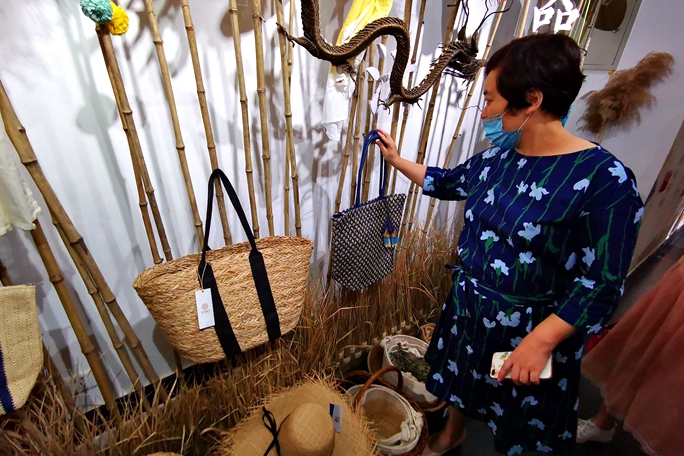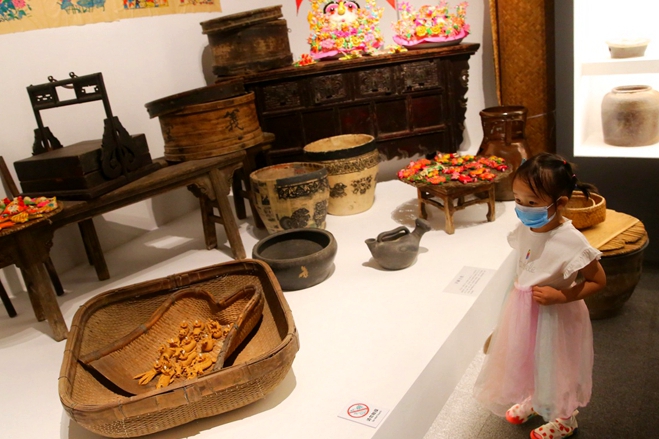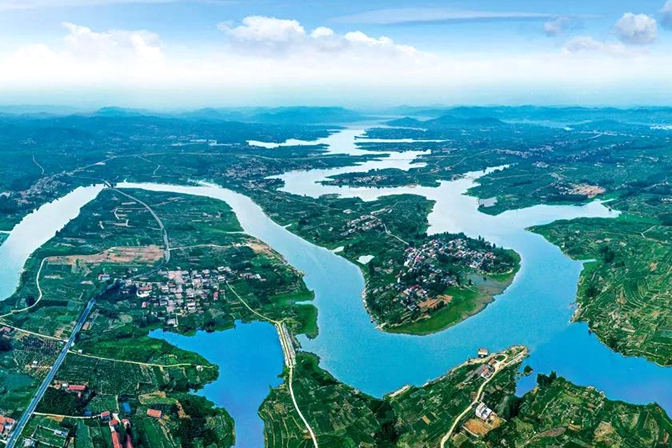Cultural traditions help create holiday atmosphere in Qingdao
A string of traditional activities took place across Qingdao during the recent Spring Festival.
Thanks to its rich cultural heritage, local residents and visitors were able to celebrate the Chinese New Year with temple fairs, lion and dragon dancing, lantern displays, ocean worship and martial arts performances in the coastal city in East China's Shandong province.
Laoshan district is named after Mount Lao, a sacred mountain that is home to three national intangible cultural heritages and 13 intangible cultural heritages at the provincial and city levels.
The annual Laoshan Intangible Cultural Heritage Festival was held on Feb 15, with 14 folk performance teams representing different communities from across the district. A large drum, 2 meters in diameter, was the focal point for the performances.
The Qingdao Haiyun Nunnery Sugarcoated Haws Festival opened from Feb 16 to 23. The nunnery was built in the Ming Dynasty (1368-1644) and dates back 500 years. Its temple fair has become a venue for a popular sugarcoated haws festival.
It also features other traditional folk arts such as clay figurines and sugar-figure blowing. As a comprehensive cultural event, it combines local cuisine and snacks, folk performances, sports, trade and commerce, and tourism. It attracted 2.6 million visitors this year and generated a combined sales total of 5.73 million yuan ($87,730).
Fushansuo 1388 Cultural Street is home to the 600-year-old Fushansuo Temple Fair.
This year's fair fell on Feb 8. The fair is also known as Xiangyouguozi or "fried dough sticks" fair, as the snack is a feature of the event. Other activities include lighting colorful oil lamps made from turnips, praying for peace, and various shows and operas.
There are a dozen or so countryside fairs active in Qingdao. The most famous one is Licun Fair in Licang district. The fair debuted in 1892, and it has been held for about 130 years.
With numerous stalls and stands, Licun Fair is one of the most bustling outdoor marketplaces in Shandong.
According to a chronological record from the early 17th century, the village fair was one of the most important large-scale fairs in the county, and in the late Qing Dynasty (1644-1911), it impacted surrounding areas for a hundred miles.
Now, Licun village fair has transformed from a food trading bazaar to a comprehensive market, occupying an area of over 300,000 square meters.
The 2016 Langya Dragon King Cultural Festival and Ocean Worship Ceremony took place on Feb 19 in Huangdao district of Qingdao.
The festival dates back to 210 BC, when Qinshihuang, the first emperor of China, toured Langya town in Huangdao. The worship platform he used is still preserved as part of the country's ancient cultural heritage.
This year's event included drama shows, pre-sacrifice rituals and a ceremony, as well as candlelit vigil prayers.
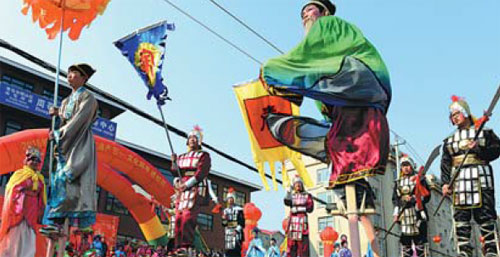 |
|
The annual Laoshan Intangible Cultural Heritage Festival was held on Feb 15. [Photo by Liu Zhifeng/provided to chinadaily.com.cn] |

 Shandong Culture and Tourism Consumption Season
Shandong Culture and Tourism Consumption Season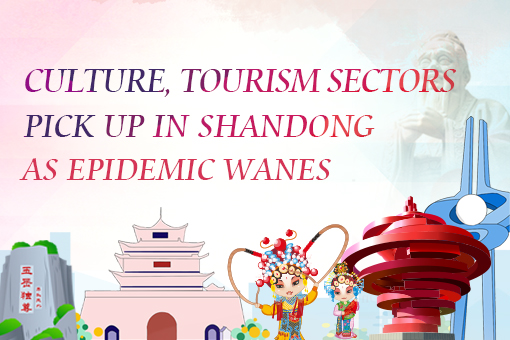 Culture, tourism sectors pick up in Shandong as epidemic wanes
Culture, tourism sectors pick up in Shandong as epidemic wanes